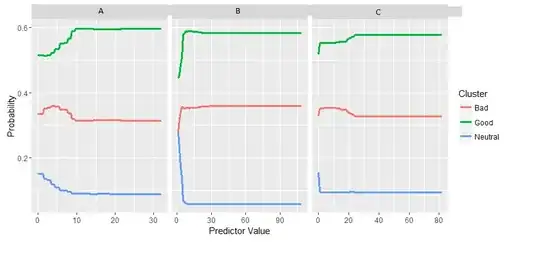The random variable $Z$ is NOT $0.5X + 0.5Y$.
The expression $0.5X + 0.5Y$ describes averaging the values of $X$ and $Y$, not choosing one of them with probability $\frac12$.
With mixtures, it is instead the density (and cdf) that are averaged:
$$f_Z(z) = 0.5 f_X(z) + 0.5 f_Y(z)\,.$$
See Wikipedia's page on mixture distributions for basic information on this. (For means $\mu_i$ and sd's $\sigma_i$ with probability weights $w_i$, it gives the variance of the mixture as $\sum _{i=1}^n w_i((\mu _i-\mu )^2+\sigma_i^2)$ (where $\mu$ is the mean of the mixture). The results for mean and variance there are pretty easy to show.
If you plot the density of Z correctly you will see that it is not normal.

